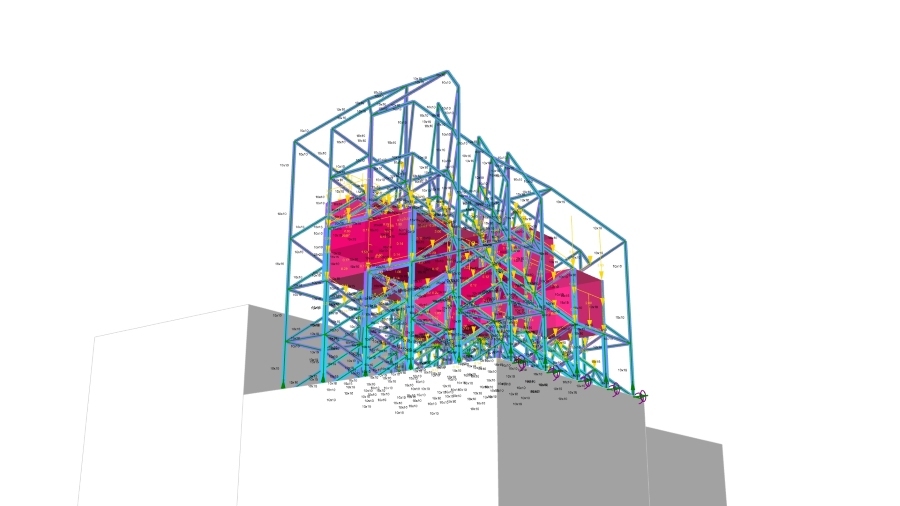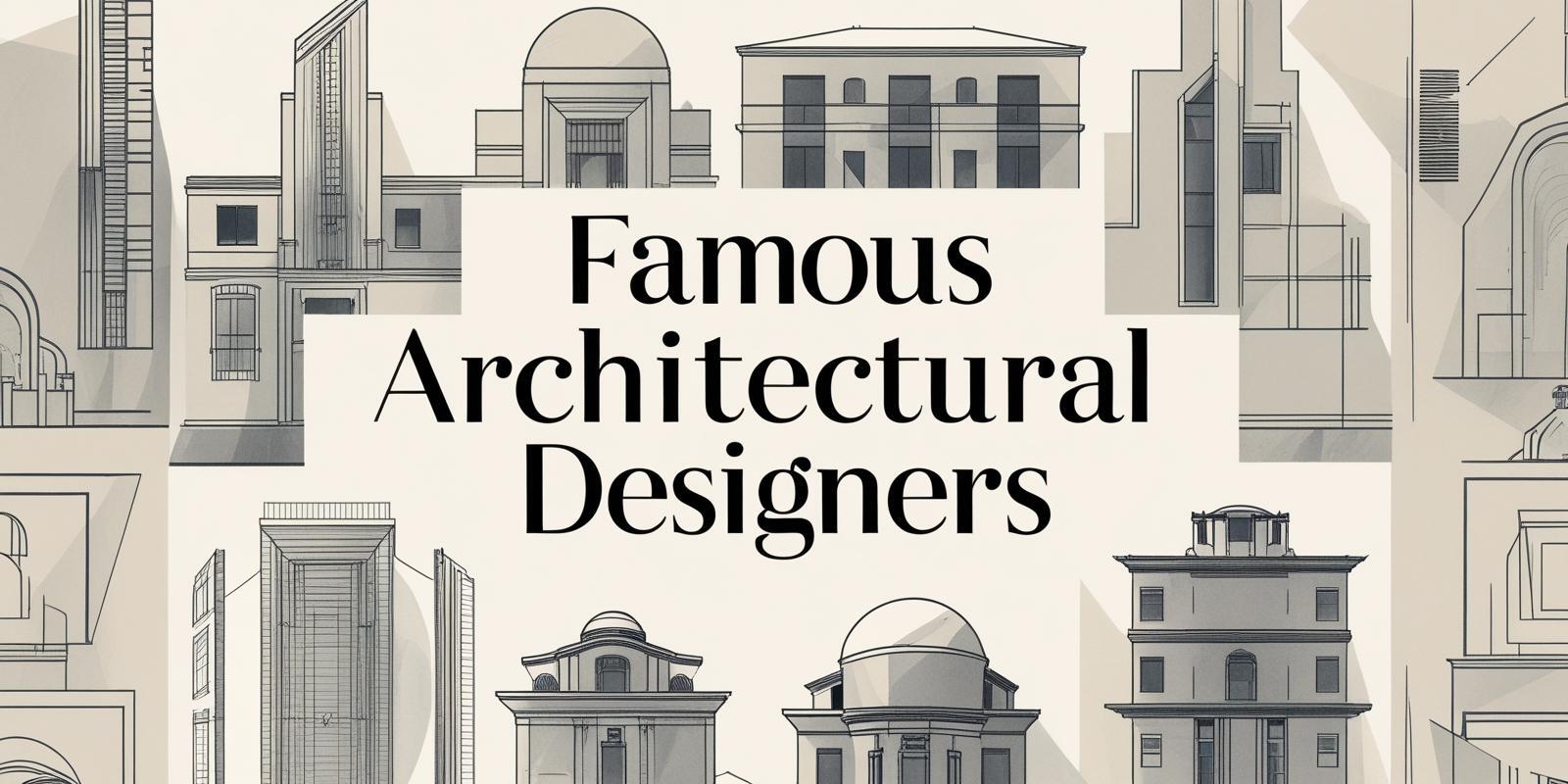
In today’s rapidly evolving design world, innovation has become a necessity. That’s where computational design steps in. So, what is computational design? At its core, it’s a method of using algorithms, data, and logic-driven processes to help designers create smarter, more adaptive solutions.
This digital shift is giving rise to a powerful new approach known as computational architecture design. It’s reshaping how buildings are conceived, simulated, and constructed, making architecture more responsive to environmental factors, user needs, and complex geometries. From sustainable city planning to futuristic façades, computational methods are now a key part of modern design thinking.
What is Computational Architecture Design?
Computational design architecture is a design process that uses computer-based algorithms, mathematical logic, and parametric tools to inform and generate architectural forms. Rather than drawing static plans, architects now create systems that respond to inputs such as climate data, structural loads, or spatial requirements, leading to dynamic, optimised results.
There are five major verticals within this approach:
- Parametric Design: Enables designs to change automatically based on adjustable parameters.
- Generative Design: Allows architects to set goals and constraints, and lets the system generate multiple design options.
- Digital Fabrication: Connects design with advanced manufacturing techniques like 3D printing or CNC.
- Algorithmic Design: Involves step-by-step logic or rules to control form-making.
- Biometric Design: Draws inspiration from natural patterns and forms.
In essence, computational architecture design is about expanding an architect's expertise, improving efficiency, and enabling a level of complexity and customisation that was previously out of reach.
5 Examples of Best Computational Architectural Design

Computational design has transformed the way architects approach form, function, and feasibility. From parametric design to algorithm-driven structures, its impact is visible across iconic projects worldwide. These designs not only push aesthetic boundaries but also improve performance and sustainability. Here are five remarkable examples that highlight the power of computational architecture.
1. Heydar Aliyev Center in Azerbaijan
A masterpiece by Zaha Hadid Architects, the Heydar Aliyev Center stands out for its fluid, wave-like structure. Using generative design tools, the building’s form was shaped through digital algorithms to create seamless transitions between surfaces. This generative design building example showcases how advanced modelling can turn bold concepts into stunning realities.
2. Beijing National Aquatics Center
Also known as the Water Cube, this structure used advanced simulation and algorithm-based design techniques to mimic the natural form of soap bubbles. It’s an algorithmic design example where efficiency, sustainability, and striking aesthetics come together through rule-based digital modelling.
3. Peix Olímpic
Designed by Frank Gehry, the shimmering fish-like sculpture in Barcelona was created using early forms of parametric design. This parametric design example demonstrates how geometric logic and sun orientation data shaped the form, making it both a landmark and an environmental response.
4. The Shanghai Natural History Museum
Inspired by patterns in nature, this museum incorporates forms derived from shells, cells, and spirals. As a biometric design example, it uses computational tools to translate biological systems into architectural solutions that are efficient, functional, and visually engaging.
5. The Saga Tower in Sweden
Saga Tower blends cutting-edge design with precision manufacturing through digital fabrication techniques. Components were designed using 3D modelling and produced with robotic assembly, making this digital fabrication example a perfect case of tech-enabled sustainable construction.
Also Read - Best Practices for Computational Design every Architects should Know
Software Used in Computational Architecture Design

In the world of design computation, the right tools help bridge the gap between creative thinking and efficient execution. These software solutions play a key role in enhancing workflows across digital design and architecture.
1. Revit
A cornerstone in BIM-based workflows, Revit allows architects to model, document, and coordinate building designs in a smart, parametric environment. It helps streamline collaboration with structural and MEP teams, reducing rework and increasing efficiency.
2. Grasshopper 3D
Built as a plugin for Rhino, Grasshopper 3D offers a visual programming interface that lets users create complex forms and patterns using algorithms. It’s ideal for experimenting with design logic, geometry, and environmental data, without needing to write traditional code.
3. Navisworks
Best known for clash detection and 4D simulation, Navisworks enables project teams to combine models from different platforms and analyse construction sequences. It ensures better project coordination and helps identify issues early in the digital design and architecture process.
4. Dynamo
A visual scripting tool that integrates with Revit, Dynamo empowers users to automate repetitive tasks, customise components, and apply advanced parametric rules. It’s especially useful for those looking to blend creativity with structured design computation.
5. AutoCAD
One of the most widely used tools in digital design and architecture, AutoCAD enables precise 2D drafting and 3D modelling. While it may not offer the advanced parametric features of newer platforms, it remains a reliable choice for technical drawings, detailing, and quick layout planning.
Best Places to Learn Computational Design
If you're ready to dive into the world of computational design, choosing the right learning platform is key. Here are some of the best places where you can get started.
1. Master Computational Design Course for Real-World Application
Fee: INR 2,45,000
Duration: 6 months
Certificate: Yes, Get Certificates from Autodesk, NSDC & Novatr
Tailored for architects and designers, it blends technical training with real-world applications. You’ll learn essential tools like Rhino, Grasshopper, and Revit through hands-on projects, guided by industry experts. With flexible learning, career-focused mentorship, and a strong peer community, the course equips you to solve real design challenges and build an impressive portfolio.
2. Introduction to Computational Design by Harvard University
Fee: NA
Duration: 8 weeks
Harvard University’s online course in Computational Design explores its role in architecture, landscape, and urban design. Combining lectures with practical workshops, it covers key design software tools, algorithms, and iterative design methods. Learners gain hands-on experience in applying digital workflows to real-world projects.
3. Parametric Design by RAT Labs
Fees: N/A
Duration: 6 months
RAT Labs offers a six-month Parametric Design course tailored for architecture professionals and students. The programme focuses on parametric thinking, algorithmic design, and tool-based learning using software like Rhino and Grasshopper. It blends theory with real-world application, making it ideal for anyone keen to build strong, hands-on skills in parametric design.
Conclusion
Computational architecture design is reshaping how we think, plan, and build in the modern world. Whether you're a student, a young professional, or simply curious about the future of design, now is the perfect time to explore its possibilities.
Novatr is a platform built for architects and designers ready to push boundaries. Our Master Computational Design Course for Real-World Application offers hands-on learning guided by the leading architectural experts.
For more insights, tools, and updates on where the industry is headed, don’t forget to check out Novatr’s Resource Page!
Frequently Asked Questions
1. Is computational design only for complex buildings?
Not at all. It can be applied to any scale of project, from simple layouts to intricate façades—to improve design logic and efficiency.
2. Do I need to know coding to use computational design tools?
Not necessarily. Many tools like Grasshopper and Dynamo use visual programming, making them beginner-friendly and easy to learn.
3. Which software is best to start with in computational design?
Revit, Dynamo, and Grasshopper 3D are great starting points, depending on whether you're more focused on BIM or form exploration.
Was this content helpful to you








